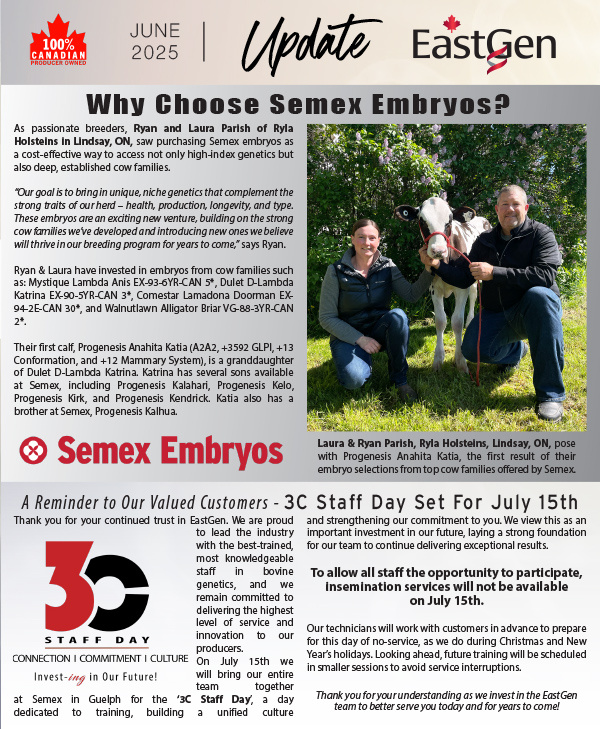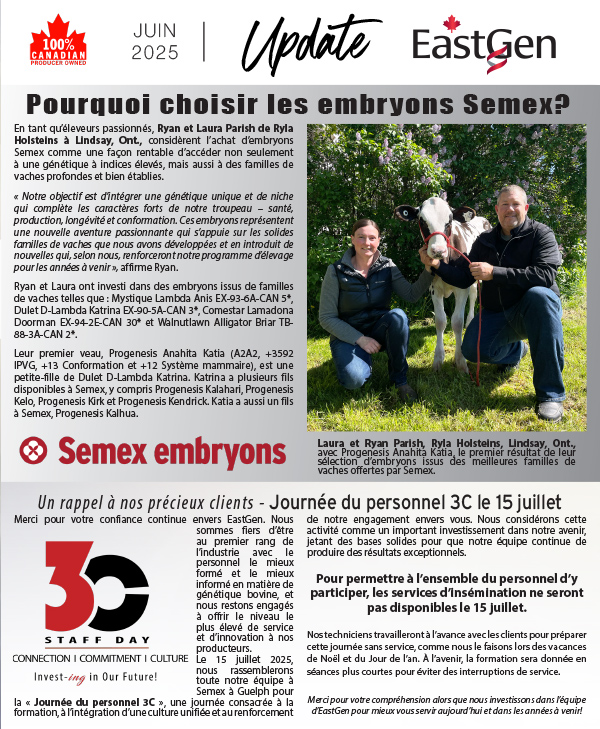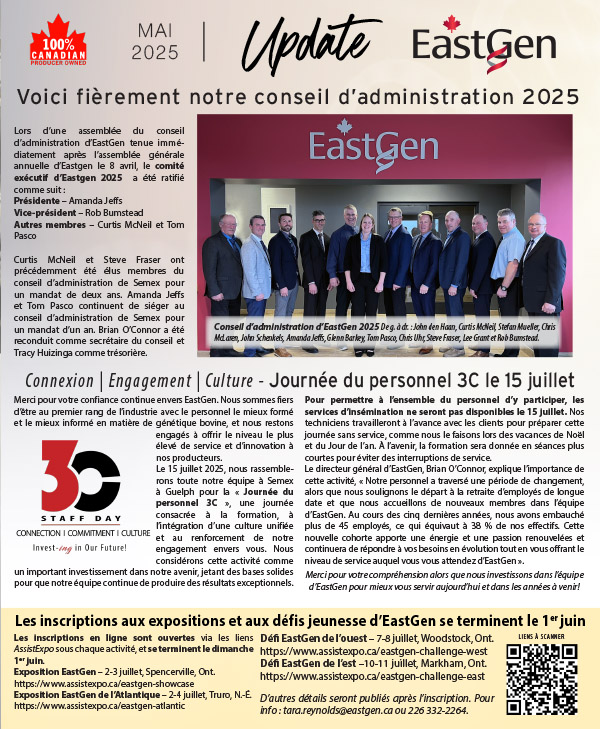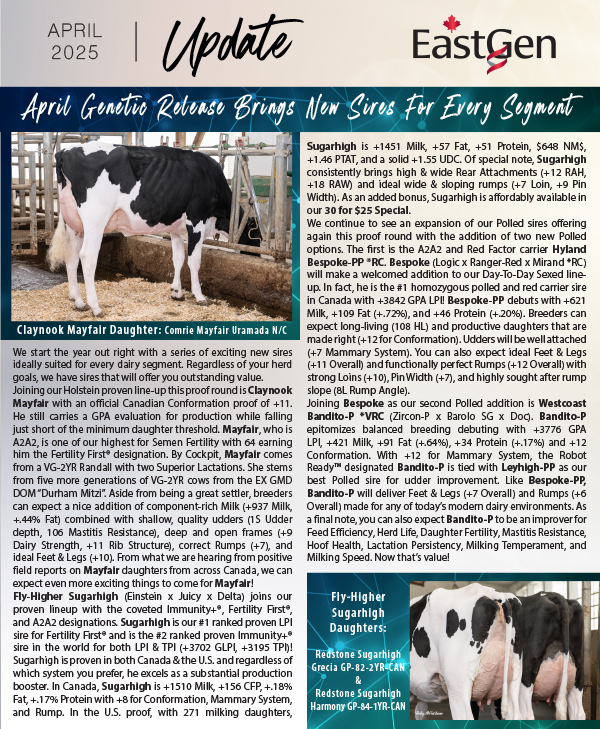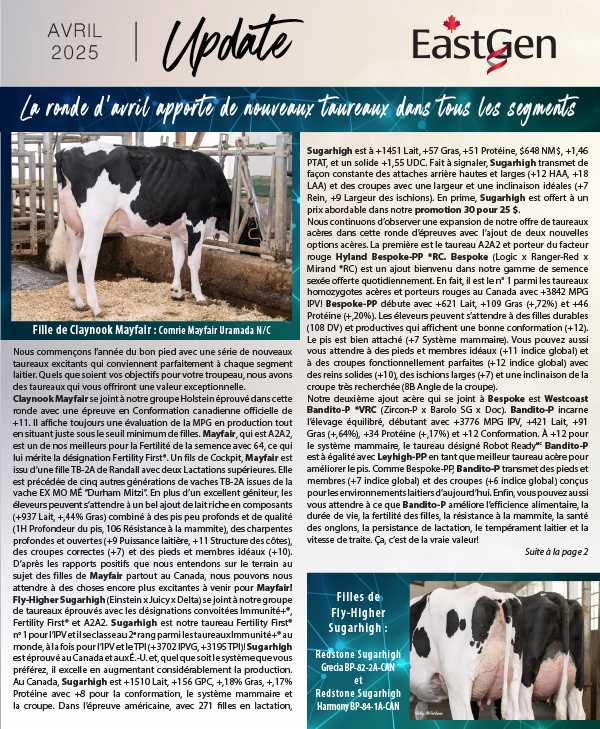Recording Disease Key In Solving Conception Problems
Mark E. Carson BSc. (Agr). MSc., Gencor Herd Reproduction Analyst
 Often when a herd is having reproductive problems focus is given to what is currently happening to the cows in the herd. Sometimes, however, looking back on our historical data we can find the root causes of many fertility issues.
Often when a herd is having reproductive problems focus is given to what is currently happening to the cows in the herd. Sometimes, however, looking back on our historical data we can find the root causes of many fertility issues.
The transition period, for example, is the most critical time in a cow’s lactation. It’s during this time that cows are at a higher risk of developing disease; and, disease during the transition time can lead to reduced production and fertility throughout the entire lactation.
During a herd visit last winter, we visited a dairy with excellent disease recording and calving information. Unfortunately, though, this herd was battling reduced conception, especially at first service. Luckily, part of their disease recording protocol included documenting all diseases that occurred to their transition cows. To detect problems in the herd, an accurate starting point needs to be determined. Having recorded all disease information using a herd management program such as Dairy Comp 305, an owner, herdsman or herd advisor can more efficiently pinpoint reproduction problems and their causes.
With this information available, we began to see that a significant percentage of the cows experiencing conception problems were the same cows that had problems at calving. We identified that a group of cows that had Metritis during the summer months were now the same group of cows battling conception.
Metritis is a costly disease, reducing cow’s production and conception rates. Research published by Overton and Fetrow (2008) showed that cows with Metritis were on average open for 33 days longer than cows that did not have the disease. A 2006 University of Florida study shows that the average cost per extra day open is $4.50/cow (US$). In this herd the cows that had suffered from Metritis could be estimated to cost the dairyman an estimated $148.50/cow (US$) in those extra days open, making early detection, treatment and disease recording a definite influencer in the herd’s profitability.
Identifying this root cause of their conception problems, this herd has taken steps to reduce future cases of Metritis, by ensuring cows were calving in a cleaner environment and emphasizing calving ease when selecting mating sires for their heifers.
Other diseases that occur during the transition period such as Displaced Abomasum (DA), Retained Placenta (RP), Mastitis and Ketosis have also been shown to reduce conception later in lactation. Having maintained accurate records of these diseases, dairymen, their staff and advisors can more easily provide insight into possible future problems or a quicker diagnosis to current reproductive issues.

